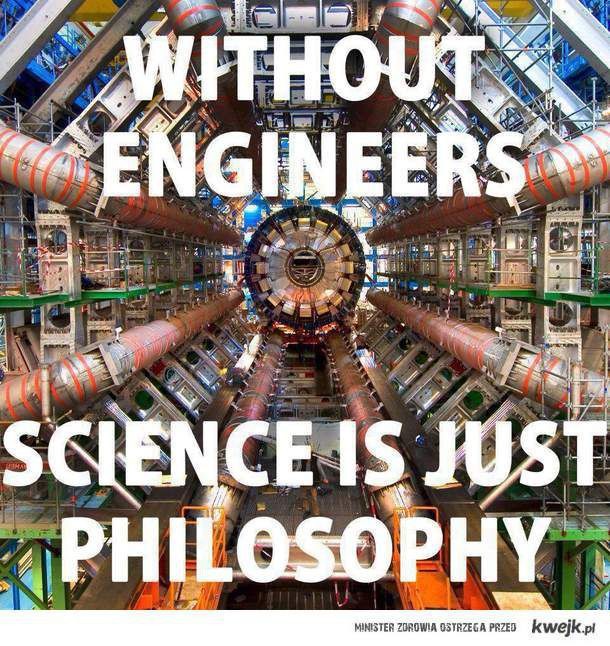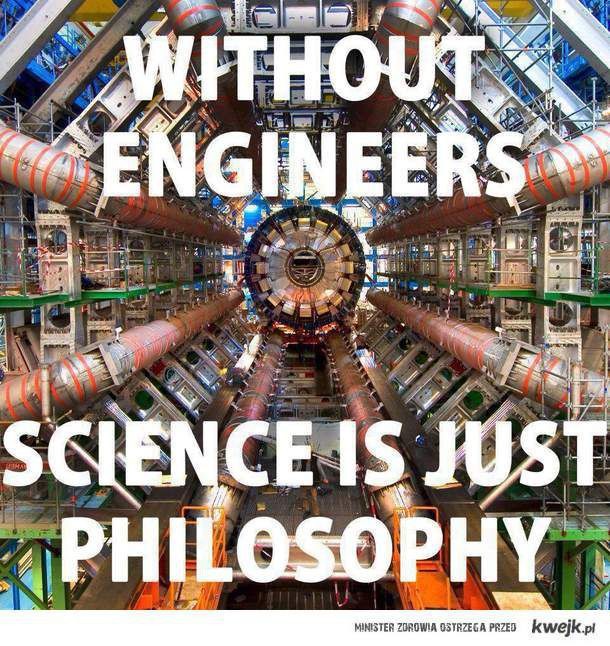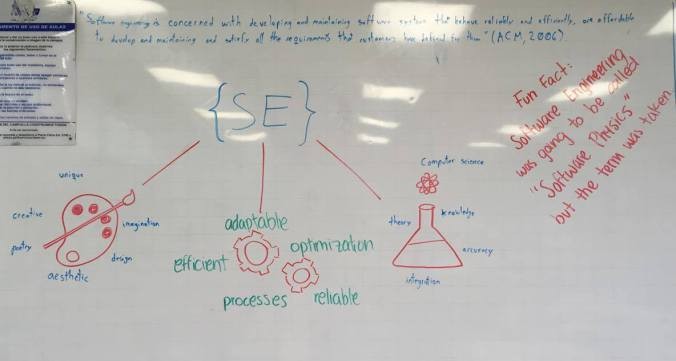User interface design is the visible part of a software. It focuses on anticipating what users might need to do and ensuring that the interface has elements that are easy to access, understand, and use to facilitate those actions.
Interface Elements
Interface elements are those elements that help the user interact with the software without complications. These can be:
- Input controls: buttons, text fields, checkboxes, radio buttons, dropdown lists, list boxes, toggles, date fields
- Navigational components: breadcrumb, slider, search fields, pagination, slider, tags, icons
- Informational components: tooltips, icons, progress bar, notifications, message boxes, modal windows
- Containers: accordion
It is important to consider that even though these elements make the navigation easier for the user, the excessive use of them can also make it harder.
Best practices for designing an Interface
- Keep the interface simple
- Create consistency and use common UI elements
- Be purposeful in page layout
- Strategically use color and texture
- Use typography to create hierarchy and clarity
- Make sure that the system communicates what’s happening
- Think about the defaults
Never forget to keep in mind what the user wants. Sometimes your design might seem beautiful to you, but is no adequate for your users. (Something I learned from Interactive Design classes)
Usability. (s.f). User Interface Design Basics. November 23rd, 2016, from Usability Website: https://www.usability.gov/what-and-why/user-interface-design.html


 What
What Why is…
Why is…




